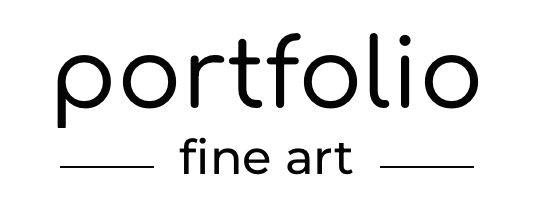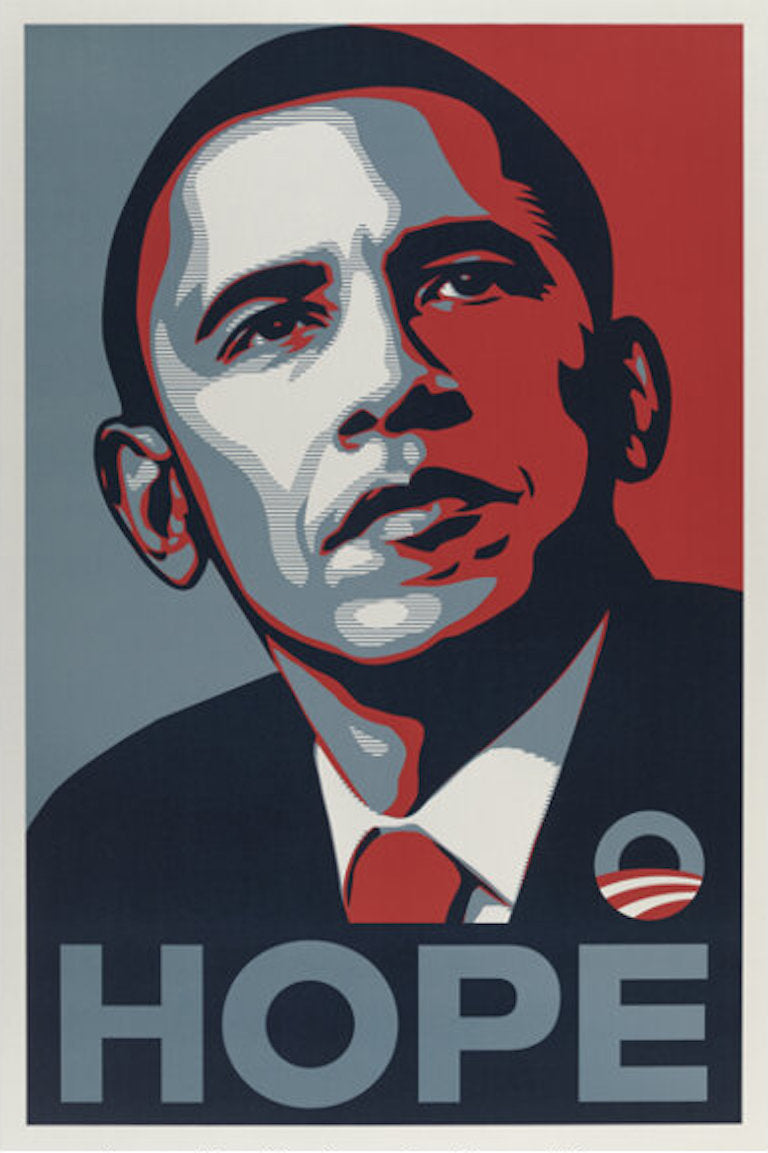Shown: Recently sold by Portfolio Fine Art: Shepard Fairey's 'Hope' original wheat paste poster for the 2008 Barack Obama Presidential Campaign
In the cacophony of modern political discourse, where social media battles and televised debates dominate the landscape, there exists a humble yet powerful form of expression that has persisted for decades: wheat paste posters. These unassuming, often guerrilla-style posters plastered on walls, lampposts, and buildings serve as a grassroots medium for political messaging, activism, and dissent in the United States.

Wheat paste posters, also known as flyposting, have a rich history deeply intertwined with political movements and counterculture in the U.S. Their origins can be traced back to the early 20th century when activists and artists began using wheat paste—a simple mixture of water and flour—as an inexpensive adhesive for affixing posters to urban surfaces. Over time, this form of street art evolved into a vital tool for communicating political messages to the masses.
One of the defining features of wheat paste posters is their accessibility. Unlike expensive advertising campaigns or glossy brochures, anyone with a message and a bit of creativity can create and distribute wheat paste posters. This accessibility has made them a favored medium for grassroots organizers, independent artists, and activists seeking to challenge the status quo or raise awareness about pressing social issues.
Despite their prevalence in urban settings across the country, wheat paste posters often operate under the radar, evading the scrutiny of authorities and mainstream media. This clandestine nature lends them an air of authenticity and immediacy, allowing for unfiltered expressions of dissent and creativity. However, it also exposes them to the risk of censorship and removal, as cities enact ordinances and crackdowns targeting unauthorized street art.
Wheat paste posters occupy a unique and vital role in U.S. political culture, serving as grassroots expressions of dissent, solidarity, and creativity. From the civil rights movement to contemporary social justice campaigns, these unassuming pieces of street art have left an indelible mark on the urban landscape, reminding us of the enduring power of grassroots activism and the importance of reclaiming public space for democratic discourse. As long as there are voices seeking to be heard and walls waiting to be adorned, wheat paste posters will continue to serve as beacons of resistance and hope in an ever-changing world.

